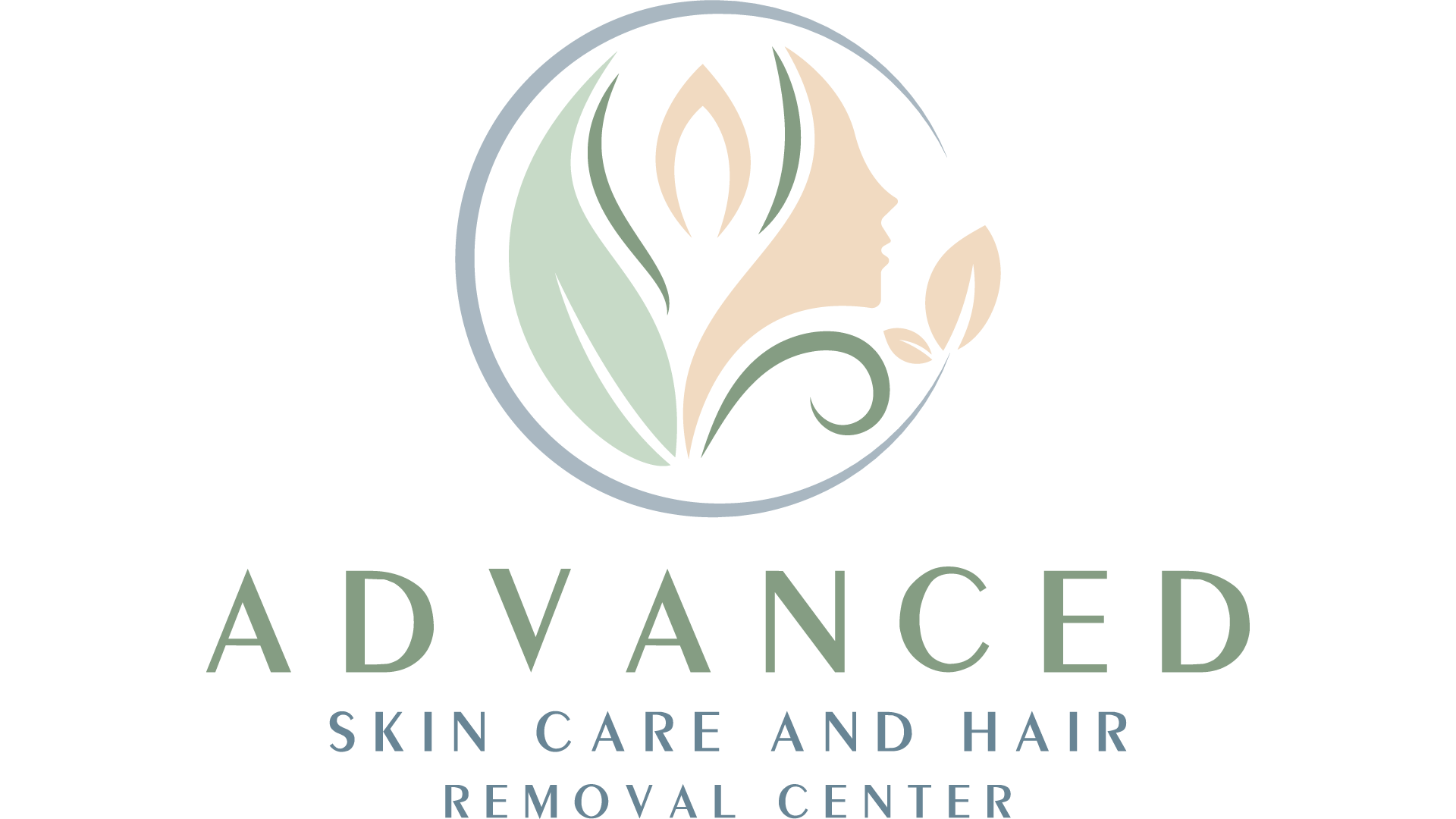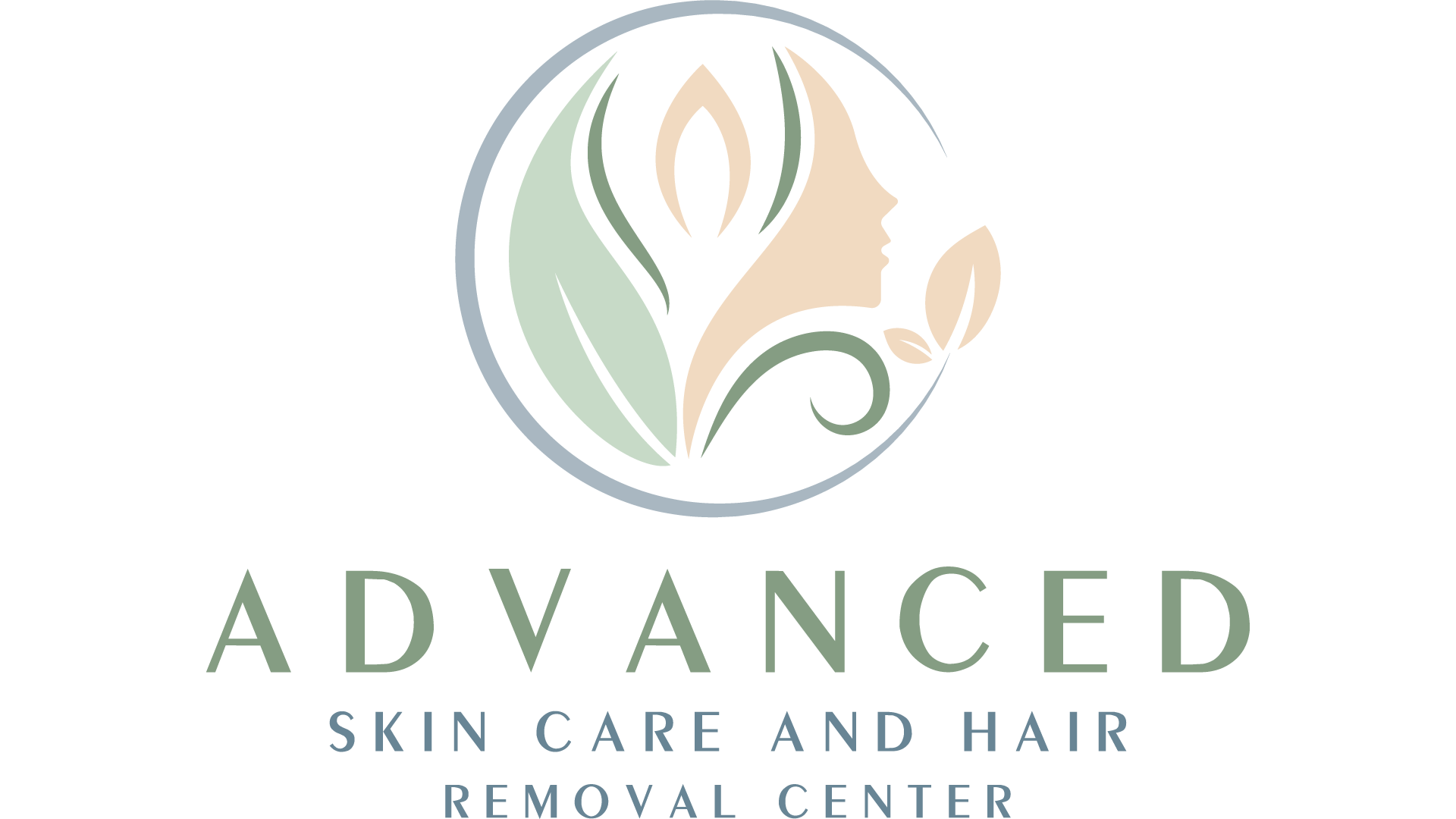What are Age Spots?

Age spots known as areas of hyperpigmentation and also called solar lentigines (that is the medical term for age spots) are caused by an overproduction of melanin in the skin. They can occur anywhere on the body but most often are seen on the face and hands. These areas tend to be continually exposed to the sun, therefore causing an overproduction of melanin and the appearance of age spots. Sometimes the age spots will fade naturally but when the skin is damaged by the sun, the spots will not clear so easily.
What can we do about them?
The most important way to treat them is prevention by wearing sun screen. A SPF 30 is recommended.
Another way to treat them is to remove the dead surface skin cells through the use of a chemical exfoliant, such as an alpha-hydroxy acid. Examples of alpha-hydroxy acids are glycolic acid and lactic acid.
Bioelements has an excellent leave on alpha-hydroxy acid creme which contains 3% glycolic and 7% lactic acid. This creme is called Skin Editor. This product not only contains glycolic and lactic acid but also contains brightening fermented black tea extract and a soothing free-radical fighter all contained in a hydrating organic shea butter. It works by targeting the skin's texture, dullness, congestion, and discoloration (hyperpigmentation). You put it on at night and it works during the night to transform the skin. It can be used on all skin types.
Other Posts
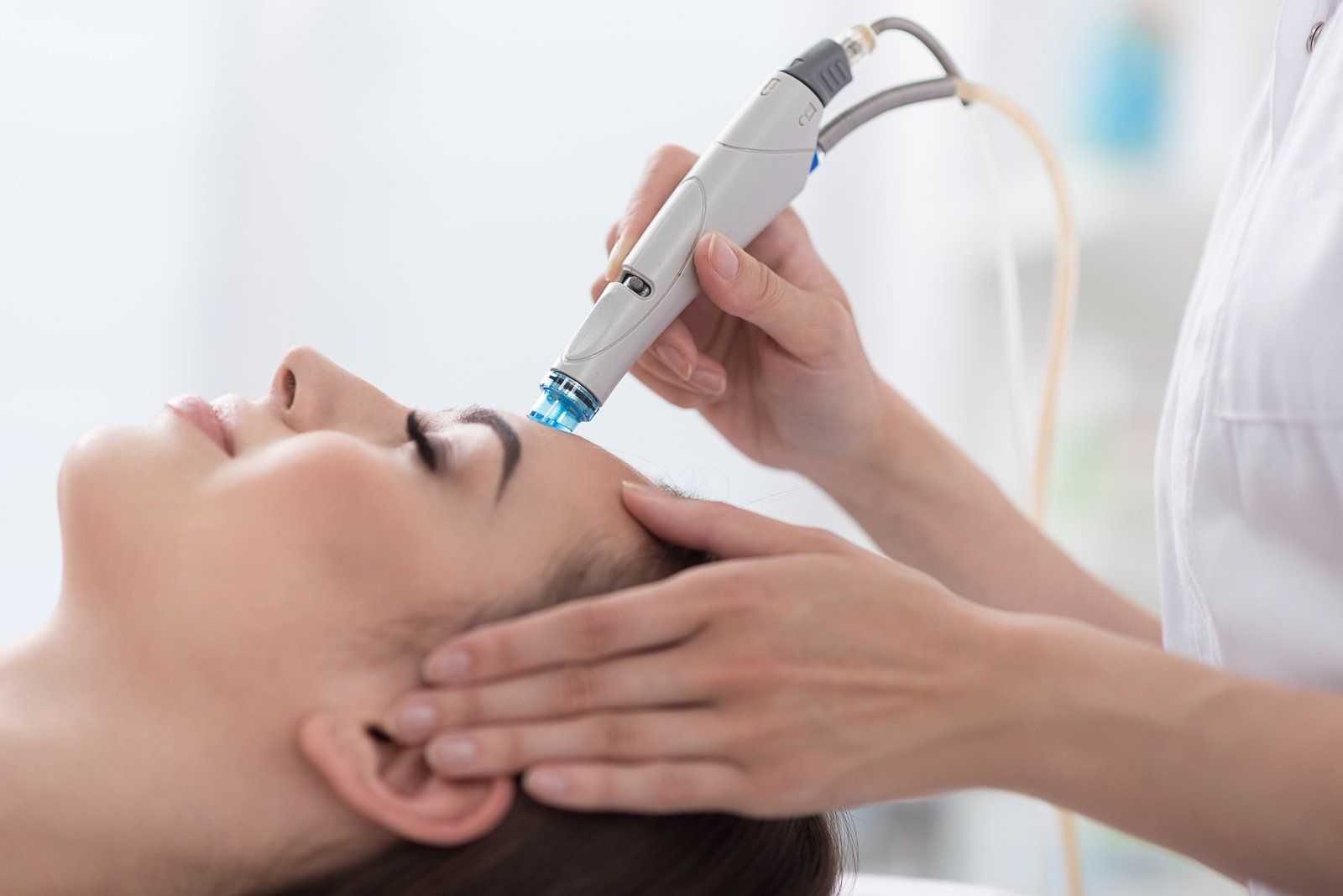
Microdermabrasion is a non-invasive facial resurfacing procedure that is performed usually in a series of four to six treatments. It is a form of exfoliation that mechanically removes the outermost layer of the skin (dead skin cells), leaving the skin feeling softer and smoother. The dead skin is literally vacuumed right off. Microdermabrasion is actually very gentle and is a great anti-aging treatment. It causes the skin to “pink up” bringing oxygen to the surface of the skin which helps in skin cell turnover. Recovery time is as little as one or two days. You can have it done in as little as 30 minutes or incorporate it into a one-hour facial service. Microderm has been shown to diminish fine lines, wrinkles and shallow acne scars, though results may vary. If you have enlarged pores, you will be pleased to know microdermabrasion can help minimize pore size and is great for unclogging them too! Microdermabrasion decreases the appearance of superficial hyperpigmentation (dark areas), sun damage (age-spots) and other superficial skin damage. Did you know that by removing dead skin through microdermabrasion, you can aid the penetration of other skincare products such as serums by up to 50%. Your skin will have a more even surface too for better make-up application. Just a few things to remember: Aftercare includes wearing sun-screen to protect the skin as microdermabrasion will make your skin very sun sensitive.
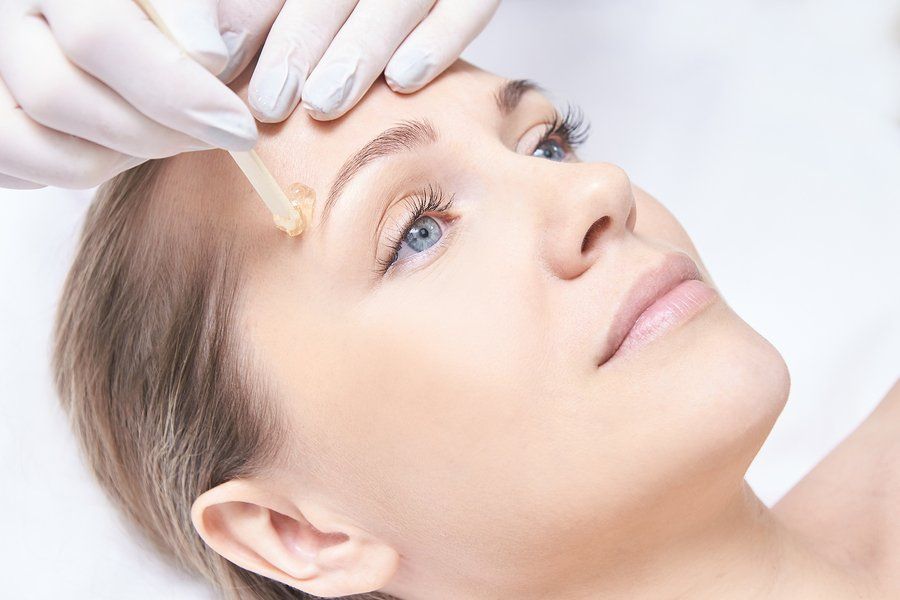
Did you know that hair grows in three stages and its growth is affected by age and hormones? Hair is made of a hard protein called Keratin and sometimes more than one hair can grow from a singe follicle. Also, hair can grow in many directions. Hair growth stages: 1. Anagen: New hair production. 2. Catagen: Transition phase where hair grows upward and detaches. 3. Telogen: Final stage or resting stage before the hair detaches and new hair forms. Because hair grows in phases, one area can have hair growth in several different stages. That is why sometimes right after you shave or wax, you can see hair pop-up. Not all hair grows at the same rate. Many people think that if hair is removed, it grows back thicker and darker. But with waxing, a lot of people report that frequent waxing helps the hair come back more sparsely and the rate of hair growth is slowed. Waxing is a form of hair removal done by aestheticians and cosmetologists to temporarily remove hair. The wax is designed to adhere to the hair as close to the skin as possible. Hair is removed from the follicle. That is why waxing hurts (OUCH!). Thank goodness that Ouch feeling is temporary. The pain should subside right after the wax is pulled off the area being waxed. In addition, there are after-wax care products available to assist with addressing ingrown hair prevention and soothing the skin irritation from waxing. If you are sensitive to pain, you can take an analgesic (Tylenol) prior to your waxing appointment. Remember not to use creams or fragrances prior to your waxing appointment and come with freshly washed skin to make your hair removal easier. You may have some sensitivity and chaffing in the following days post waxing. This is normal. That is why it is a good idea to wax a few days before an event instead of on the day of the event. If it is that time of month for you, you may want to wait as you could be more sensitive to pain during this time. Being hydrated really does help! If your skin is dehydrated, your skin could “lift” during the waxing procedure. This is a possible hazard of waxing and happens when both dead skin and live skin are pulled off with the wax. After waxing, it is important to remember to not expose yourself to the sun, hot baths/showers or activities that would cause friction to the area waxed or sweating for at least 48 hours after waxing to help reduce any breakout, further chaffing/irritation, or pain.

The Fitzpatrick Scale (developed by Thomas Fitzpatrick with six skin type classifications) is utilized as a guideline to measure your skin type's ability to tolerate sun exposure. Why is this important? It helps the aesthetician determine which treatment protocols and products you can tolerate when performing your facial. It also helps determine an individual's tolerance for different types of chemical peels. Everybody's tolerance level is different. Lighter skin is generally more sensitive and reactive and darker skin gives more protection from the sun due more melanin in the skin; however darker skin can have other sensitivities and concerns when it comes to choosing more aggressive skin treatments or chemical peels.

Let's talk about facial product ingredients. Not all products are created equal - so we have to pay attention. One key thing to remember is that a product works through it's ingredients. The ingredient list tells us a lot about the product and it's action. The FDA requires product manufacturers to list ingredients by predominance in descending order. So, we should look at the top listed ingredients as they typically make up the majority of the product. Now there are two different types of products - those that are cosmetic and those that are corrective in nature. Corrective products with active ingredients are used by aestheticians to provide results and changes to the skin. They are more than just "feel good" products. They contain active ingredients such as retinol, alpha hydroxy acids and antioxidants to provide specific results. Angela's Aesthetics uses a product line called Bioelements which delivers high levels of effective ingredients. They have no artificial colorants, no synthetic fragrance or perfume, no parabens, DEA or phthalates, and no harsh ingredients.
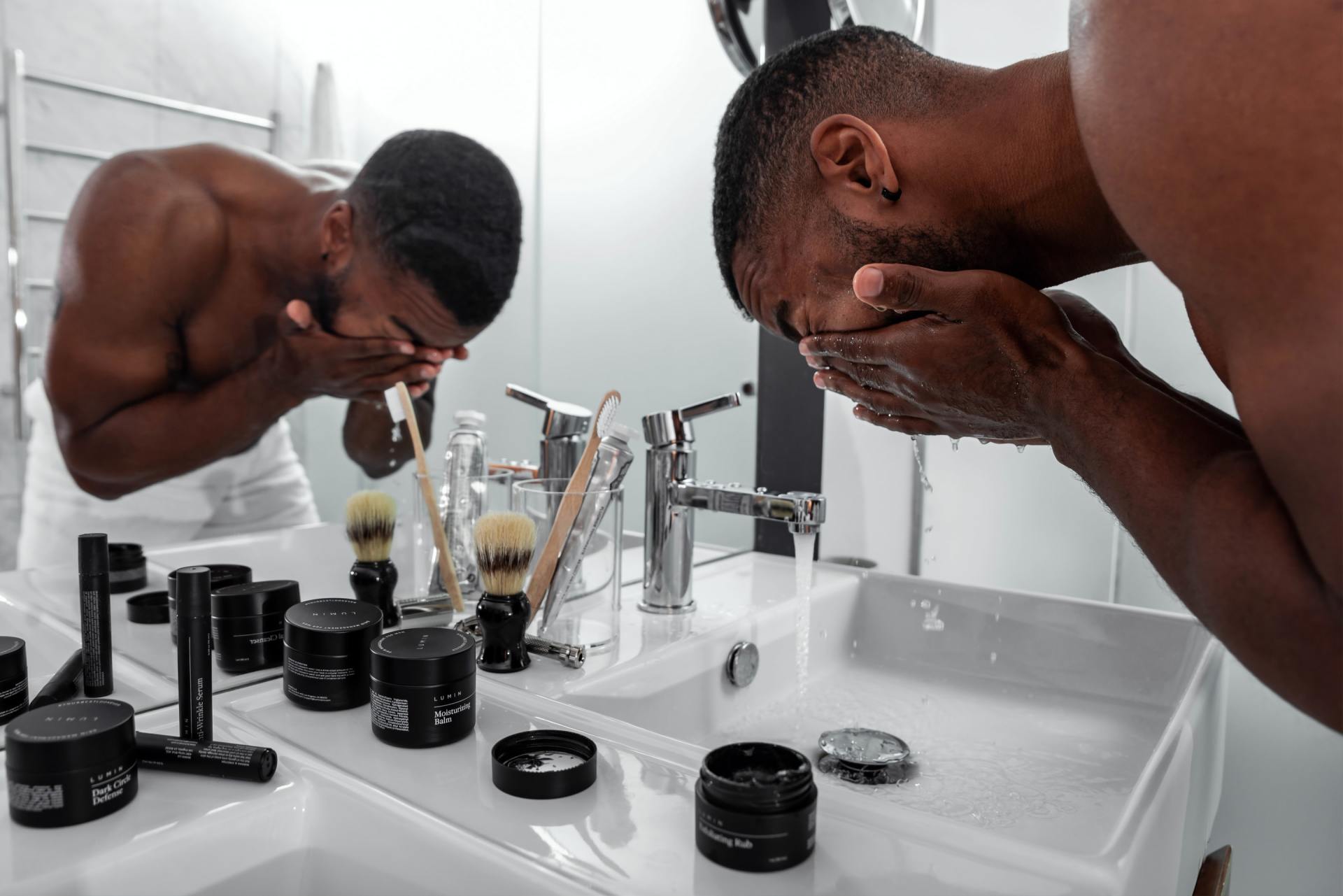
Much of what you have learned to date with my short educational posts includes knowing your skin type and condition. This information is helpful in determining a custom skin care treatment plan for your presenting needs and skin care conditions. Your skin care plan focuses on one of three things: Prevention, correction or maintenance. Prevention: Clients with normal skin types and healthier skin require a preventive skin care treatment plan. A treatment plan for this type of client includes regular facials with exfoliation. A good home care program focuses on hydration, antioxidants and sunscreen. Correction: Clients with unwanted skin conditions require corrective treatments and focus on improvement. A treatment plan includes regular facials with focus on the presenting skincare problems. Home care includes customized products to treat and improve unwanted conditions. Maintenance: Once an ongoing facial care plan works in improving the skin’s unwanted skin care conditions, maintenance is the key. This skin care treatment plan includes both regular skin care facial treatments and home products for maintaining the skin's balance. What skin care needs do you have at the moment? How can Angela's Aesthetics help? Angela’s aesthetics utilizes Bioelements professional skin care products. Angela's Aesthetics utilizes a product line that addresses all three skin care plans: Prevention, Correction and Maintenance.
